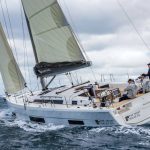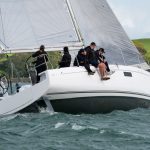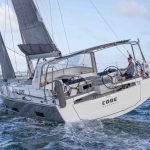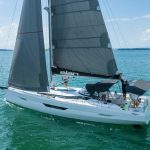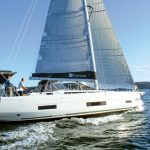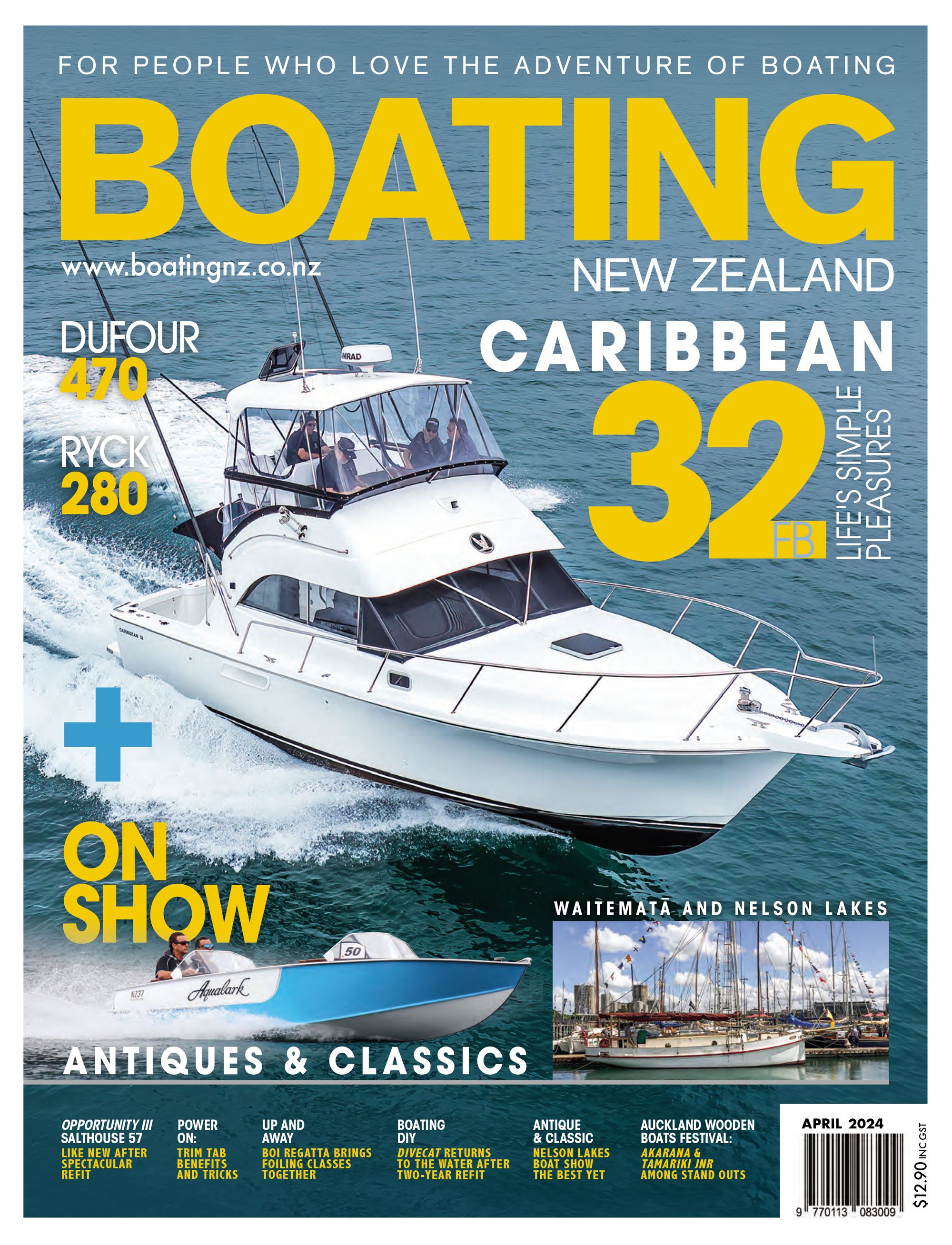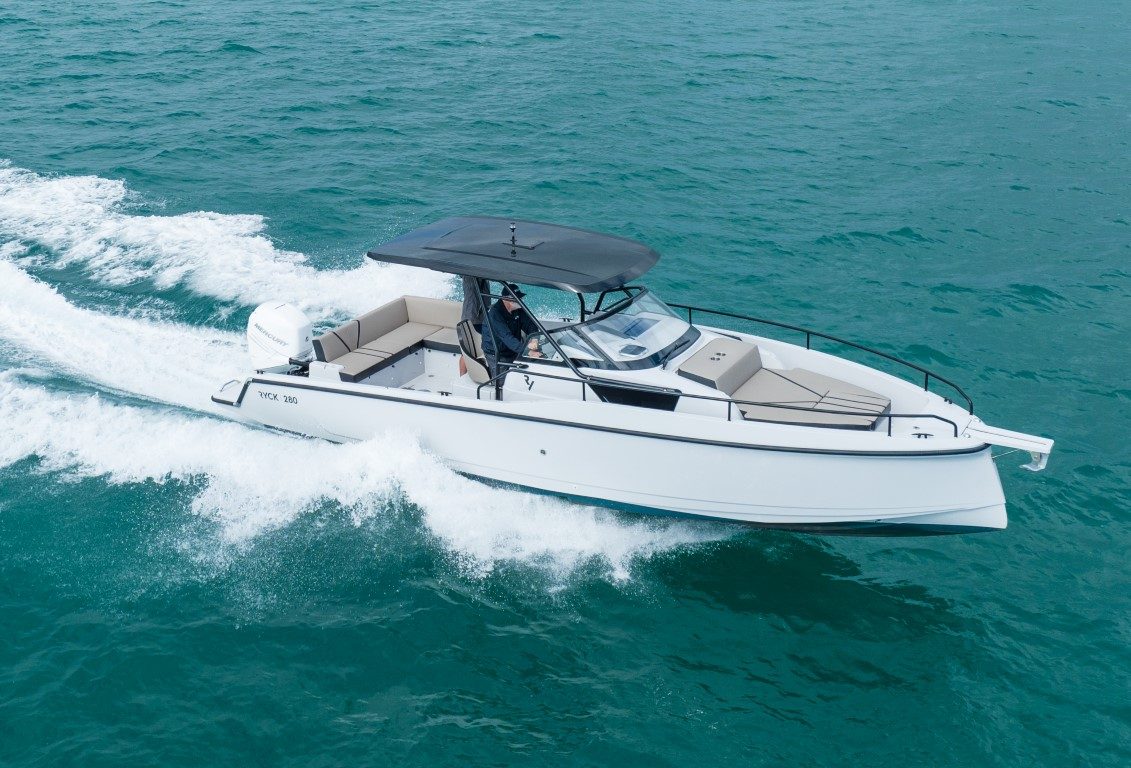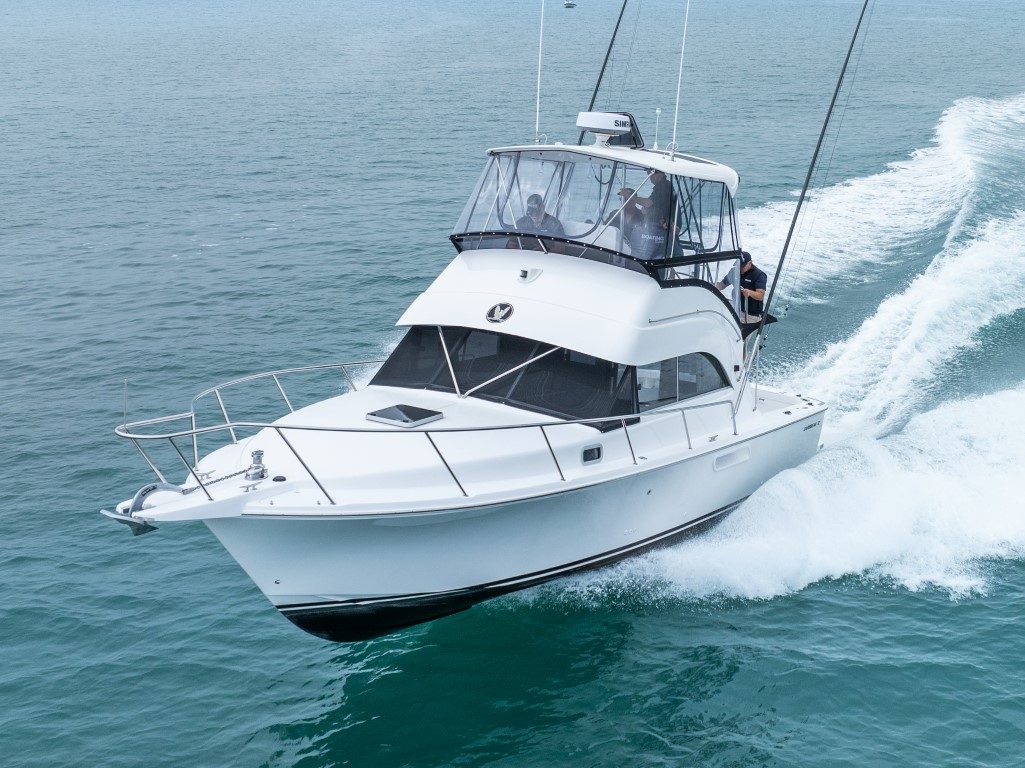She feels really easy and comfortable to sail, even in a good breeze and a chop.
- Performance rig
- A range of cabin choices
- Good acceleration
- Pleasing interior
- Easy handling with self-tacker
- Arch over cockpit reduces clutter
- Offshore cruisers might add additional charging capacity











